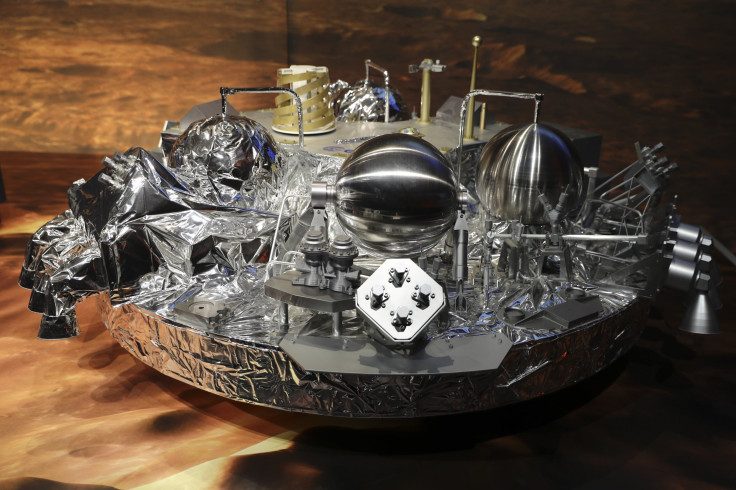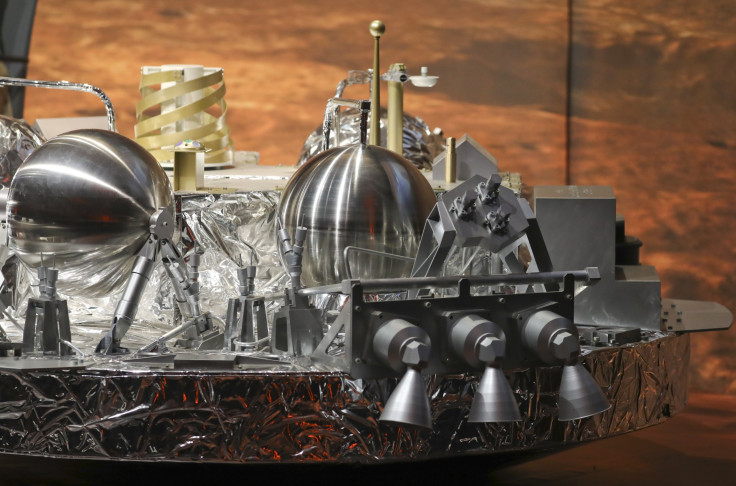ExoMars Crash Landing Of Schiaparelli Caused By Computer Glitch, European Space Agency Says

The European Space Agency's Mars probe crashed on the planet's surface as a result of a one-second technical glitch, the agency announced Thursday. Schiaparelli crashed while descending on the red planet Oct. 19.
The ESA's investigation into the crash revealed that the probe thought it was closer to the surface of Mars than it was, causing its parachute and landing rockets to prematurely deploy at an altitude of 3.7 kilometers. The probe then fell to Mars and crashed on the surface.
"This is still a very preliminary conclusion of our technical investigations," said David Parker, the ESA's Director of Human Spaceflight and Robot Exploration. "The full picture will be provided in early 2017 by the future report of an external independent inquiry board which is now being set up as requested by ESAs Director General under the chairmanship of ESA's Inspector General."

Schiaparelli was an integral part of the ESAs ExoMars mission to learn more about the red planet. Designed to demonstrate entry, descent and landing, the probe was launched in March and attached to another mechanism called a Trace Gas Orbiter. Another ExoMars mission is planned for 2020.
"But we will have learned much from Schiaparelli that will directly contribute to the second ExoMars mission being developed with our international partners for launch in 2020," said Parker.
The attached Trace Gas Orbiter detached in the Mars atmosphere before Schiaparelli crashed and continues to function. The orbiter measures atmospheric conditions on the planet including the presence of cosmic rays, methane and neutrons. Instruments on Schiaparelli also transmitted information back to Earth before its crash.
"ExoMars is extremely important for European science and exploration," said Roberto Battiston, president of Italy's ASI space agency. "Together with all participating states in the program, we will work towards the successful completion of the second ExoMars mission."
© Copyright IBTimes 2024. All rights reserved.






















